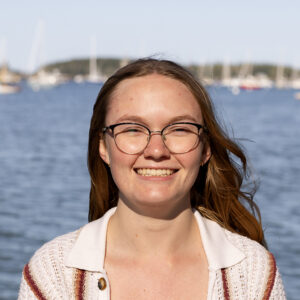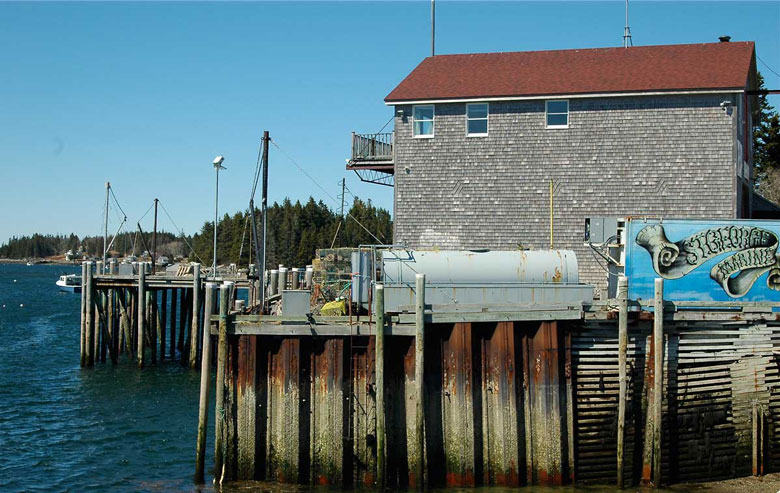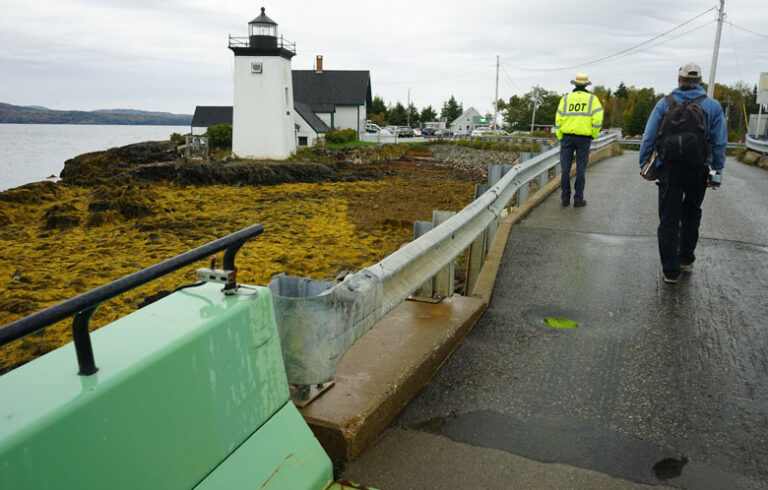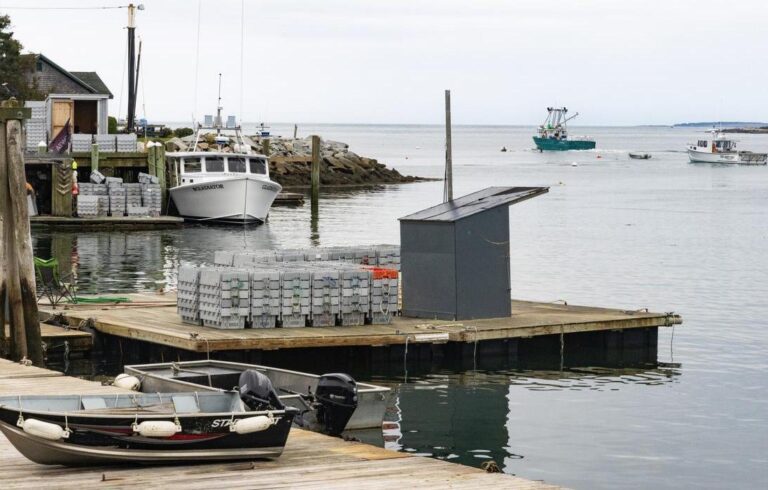Reflections is written by Island Fellows, recent college grads who do community service work on Maine islands and in coastal communities through the Island Institute, publisher of The Working Waterfront.
Most people would probably agree that municipal planning is magical. Well, maybe not most people. But I think it is! Just not so much in the “unicorns and fairy godmothers” sense—more like “how the heck do I turn a frog into a prince?”
In other words, I think municipal planning is magical because I can’t fully wrap my head around how municipalities run themselves.
They do, of course, by the tireless work of volunteers and staff. However, knowing that doesn’t diminish the Labyrinth-esque quality of local government for me.
One example immediately comes to mind: the St. George Resilience Committee’s project to raise a road in Port Clyde. The most basic questions are difficult enough—by how many feet should it be raised, if at all, and how will we pay for it? Then add the details—drainage, ADA accessibility, applying for grants, drafting an RFP (Request For Proposals, in case, like me, you didn’t know), and so on.
I’m trying to see it as “making progress on one problem results in progress on others.”
Even within these details, there are even deeper questions, and this is just one project for one issue in one location.
Working on St. George’s comprehensive plan has shown me how even small towns face an extensive and complex web of issues.
Thinking about the working waterfront, for example, requires considering workforce housing, childcare, sea level rise, tradition versus change, tourism, and more. With so many issues to consider, it’s easy to feel overwhelmed sometimes.
But as I continue to support St. George’s comprehensive planning process, I’m noticing my thinking change.
First, rather than the mindset of “fixing one problem requires fixing many others,” I’m trying to see it as “making progress on one problem results in progress on others.” For instance, improving workforce housing can benefit the working waterfront, other local businesses, and community engagement by making it easier for people to live and work in the same place.
Second, I’m attempting to accept the chaos. The sun will rise tomorrow, and municipal planning will be complex. Thankfully, the mire includes not only problems but also opportunities: grants, tax increment financing districts, ordinances—all complicated yet full of potential.

Third, I remind myself that I’m lucky to have a wealth of information available to me. I can find planning board minutes from 2017 on the town of St. George website. I can instantly generate a map of car accidents in town over the past 20 years, courtesy of Maine DOT. I can walk downstairs from my work desk and get years of transfer station reports from the front office.
The amount of information can be overwhelming, and often still insufficient, but impressive.
Even more incredible is the number of people and organizations who are happy to lend me their expertise: town staff, community members, other fellows, Island Institute, the Midcoast Council of Governments… the list goes on.
Finally, I’m embracing how inexperience can be useful. In committee meetings, I see how committee members’ vast breadth of experiences outside municipal government are helpful in their work for the town. There are lawyers who could navigate town ordinances in their sleep, for instance, and fishermen who could write an entire book on St. George’s working waterfront, let alone a few pages for a comprehensive plan.
By comparison, I have far less experience to draw from. However, in the process of figuring things out, I sometimes uncover overlooked details, or I ask questions that haven’t been considered in a while. There’s value in the perspective of a beginner, so while I look forward to feeling a little less lost in the future, I’m focusing on what I bring to the table right now.
Erin Dent works with St. George on the town’s comprehensive plan and other municipal planning projects. She recently graduated from Texas A&M University with a degree in environmental geoscience.





